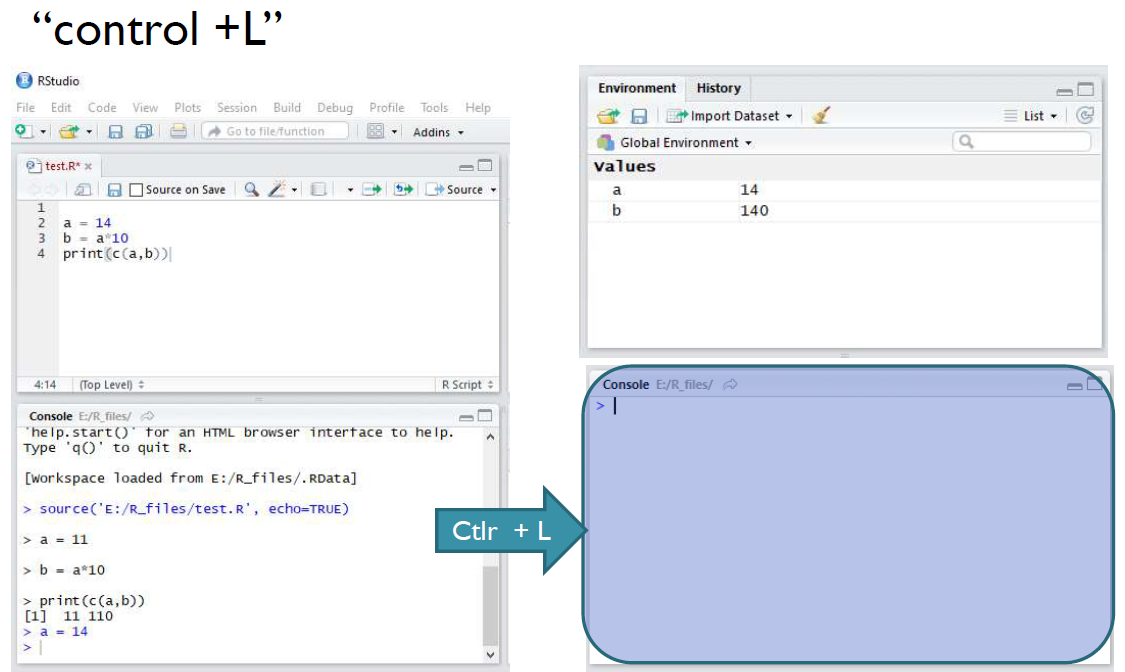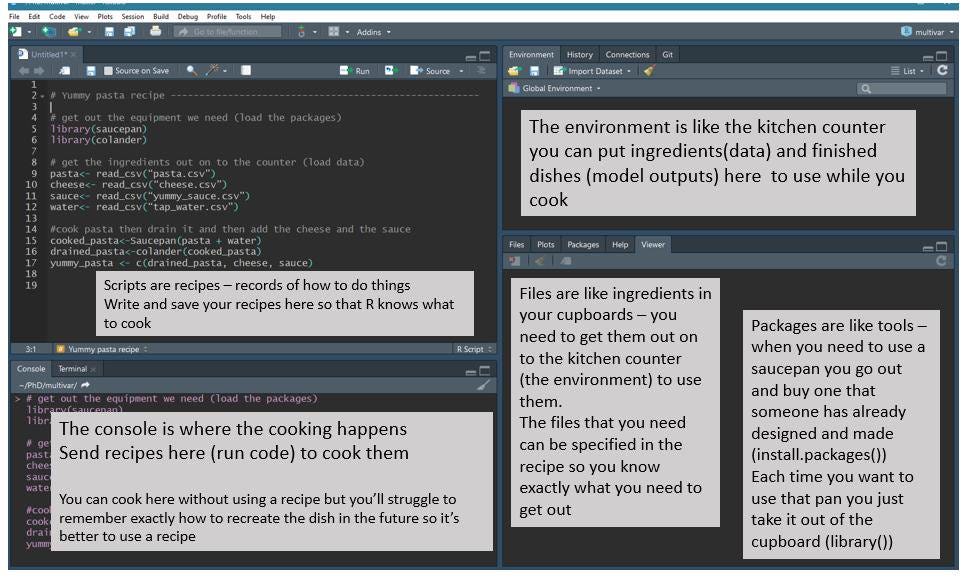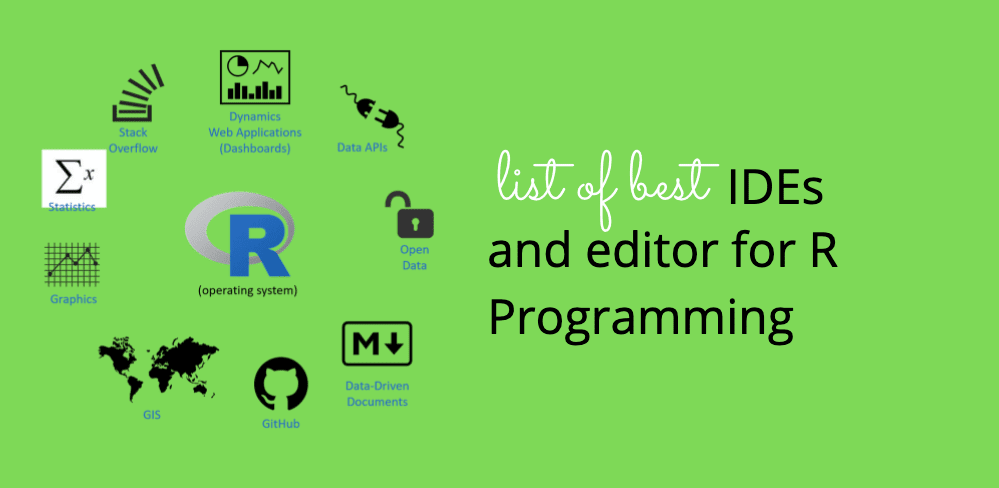
- #Ide for r programming language archive
- #Ide for r programming language software
- #Ide for r programming language code
- #Ide for r programming language plus
If a user types 2+2 at the R command prompt and presses enter, the computer replies with 4. R is an interpreted language users can access it through a command-line interpreter. Another of R's strengths is static graphics it can produce publication-quality graphs that include mathematical symbols.
#Ide for r programming language code
For computationally intensive tasks, C, C++, and Fortran code can be linked and called at run time. R and its libraries implement various statistical techniques, including linear and nonlinear modeling, classical statistical tests, spatial and time-series analysis, classification, clustering, and others. Instead, a scalar is represented as a length-one vector.
#Ide for r programming language plus
Data frames contain a list of vectors of the same length, plus a unique set of row names. Lists serve as collections of objects that do not necessarily have the same data type. The special case of an array with two dimensions is called a matrix. R supports array arithmetics and in this regard is like languages such as APL and MATLAB.

That is, given an ordered collection of dimensions, one fills in values along the first dimension first, then fill in one-dimensional arrays across the second dimension, and so on. Vectors are ordered collections of values and can be mapped to arrays of one or more dimensions in a column major order. R's data structures include vectors, arrays, lists, and data frames. In April 2003, the R Foundation was founded as a non-profit organization to provide further support for the R project. Stefano Iacus, Guido Masarotto, Heiner Schwarte, Seth Falcon, Martin Morgan, and Duncan Murdoch were members. As of January 2022, it consists of Chambers, Gentleman, Ihaka, and Mächler, plus statisticians Douglas Bates, Peter Dalgaard, Kurt Hornik, Michael Lawrence, Friedrich Leisch, Uwe Ligges, Thomas Lumley, Sebastian Meyer, Paul Murrell, Martyn Plummer, Brian Ripley, Deepayan Sarkar, Duncan Temple Lang, Luke Tierney, and Simon Urbanek, as well as computer scientist Tomas Kalibera. The R Core Team was formed in 1997 to further develop the language. As of January 2022, it has 101 mirrors and 18,728 contributed packages. CRAN originally had 3 mirrors and 12 contributed packages. CRAN stores R's executable files, source code, documentations, as well as packages contributed by users.
#Ide for r programming language archive
The Comprehensive R Archive Network (CRAN) was officially announced on 23 April 1997. The first official "stable beta" version (v1.0) was released on 29 February 2000.

The first official release came in June 1995.
#Ide for r programming language software
In 1995, statistician Martin Mächler convinced Ihaka and Gentleman to make R a free and open-source software under the GNU General Public License. They began publicizing it on the data archive StatLib and the s-news mailing list in August 1993. It was named partly after the first names of the first two R authors and partly as a play on the name of S. In 1991, statisticians Ross Ihaka and Robert Gentleman at the University of Auckland, New Zealand, embarked on an S implementation. As a dialect of the Lisp language, Scheme was created by Gerald J. Many programs written for S run unaltered in R. Designed for statistical analysis, the language is an interpreted language whose code could be directly run without a compiler. S was created by Rick Becker, John Chambers, Doug Dunn, Jean McRae, and Judy Schilling at Bell Labs around 1976. R is an open-source implementation of the S programming language combined with lexical scoping semantics from Scheme, which allow objects to be defined in predetermined blocks rather than the entirety of the code. Multiple third-party graphical user interfaces are also available, such as RStudio, an integrated development environment, and Jupyter, a notebook interface. Precompiled executables are provided for various operating systems. It is written primarily in C, Fortran, and R itself (partially self-hosting). The official R software environment is an open-source free software environment within the GNU package, available under the GNU General Public License.

As of March 2022, R ranks 11th in the TIOBE index, a measure of programming language popularity. Users have created packages to augment the functions of the R language.Īccording to user surveys and studies of scholarly literature databases, R is one of the most commonly used programming language used in data mining. Created by statisticians Ross Ihaka and Robert Gentleman, R is used among data miners and statisticians for data analysis and developing statistical software.

R is a programming language for statistical computing and graphics supported by the R Core Team and the R Foundation for Statistical Computing.


 0 kommentar(er)
0 kommentar(er)
